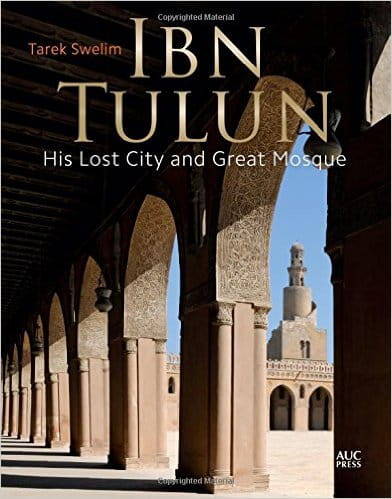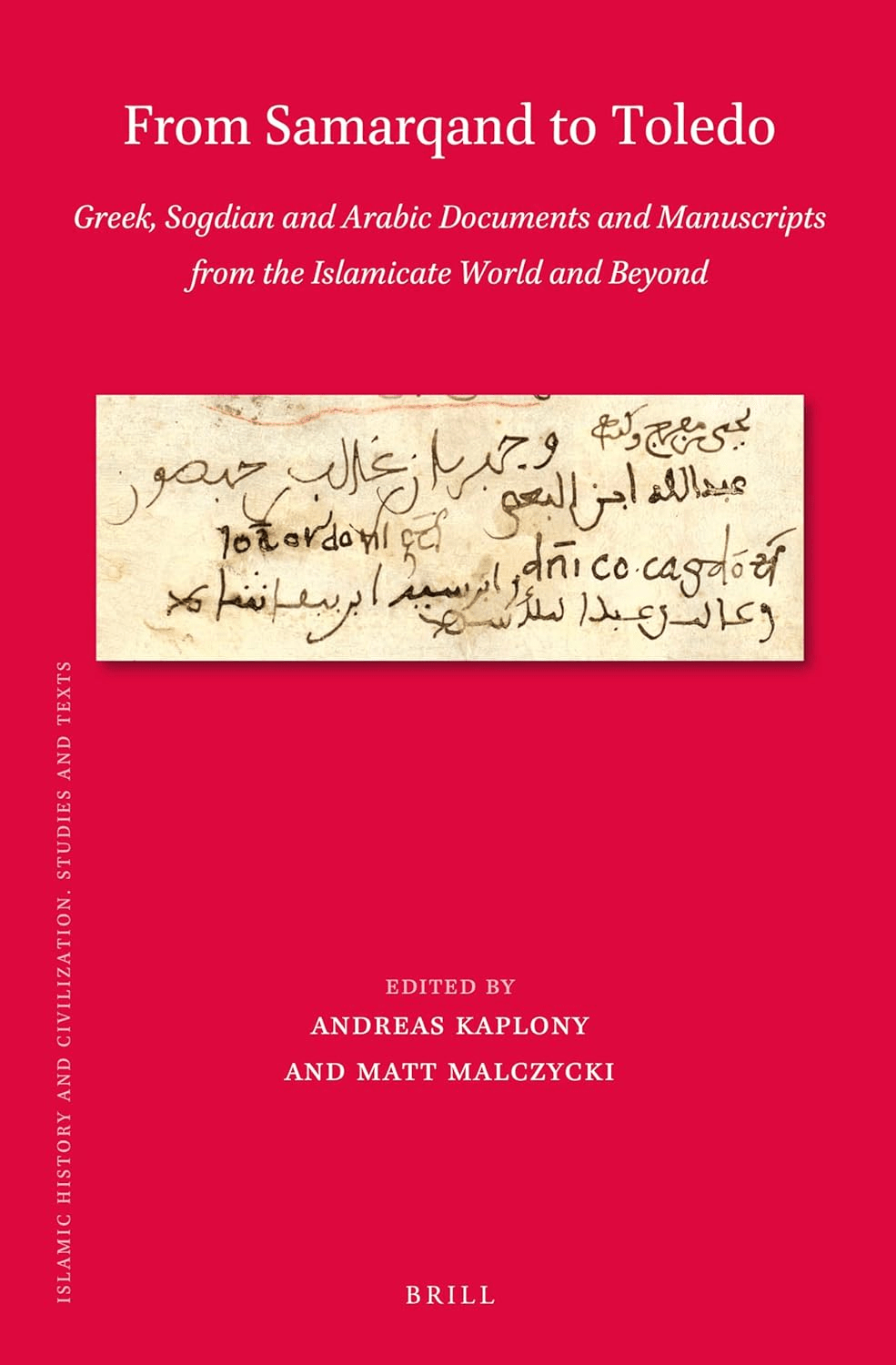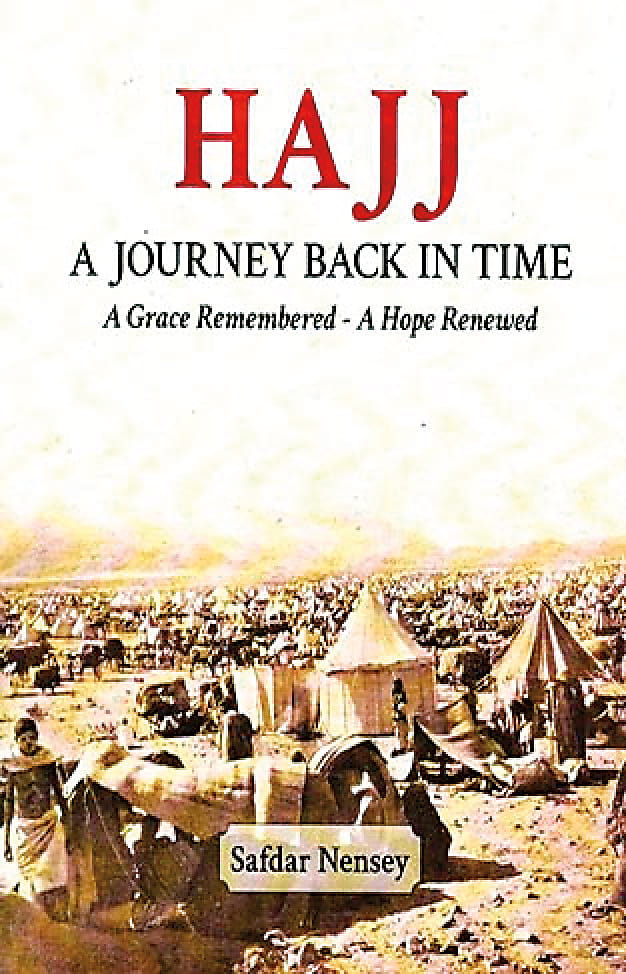
Ibn Tulun: His Lost city and Great Mosque
Tom Verde
Tarek Swelim
2015, AUC Press, 978-9-77416-691-4, $49.95 hb.
This elegant, richly illustrated volume covers the history, architecture, folklore and cultural significance of Africa's "longest surviving" mosque. Built by Abbasid Governor Ahmad Ibn Tulun between 867 and 879, it was the centerpiece of his new city of al-Qata’i, northeast of Fustat, the earliest Arab settlement in Egypt (both now part of Cairo). Tarek Swelim comprehensively documents the building's "glorious architecture," focusing on its elegant inscriptions, pointed arches (among Egypt's first), famed scroll-shaped minaret and more. He also examines periods of neglect, e.g., during the Crusades of the 13th century when Mamluk sultans had their hands full elsewhere, and restoration, such as the work undertaken early in the 20the century by King Fuad. Filled with modern and historical images, maps and illustrations, including 3D renderings of the structure throughout its history, the book's design provides visual context for the mosque's important role in the history of Egypt and Islamic architecture.
You may also be interested in...

Old Documents Shed New Light on History in Book Connected to Ancient Islamic World
The painstaking work to recover history—one page at a time—is on brilliant display in this collection of essays focusing on early Arabic, Coptic, Greek, Hebrew, Latin and Sogdian manuscripts.
Hajj: A Journey Back in Time: A Grace Remembered-A Hope Renewed
Safdar Nensey's Hajj: A Journey Back in Time invites readers into one of the world's oldest and most sacred annual expeditions: the Muslim pilgrimage to Makkah.